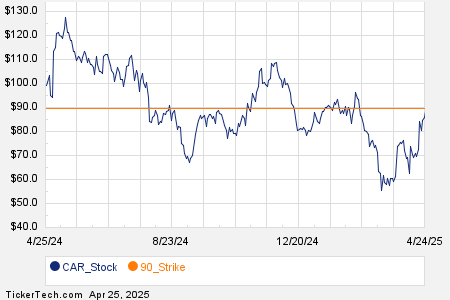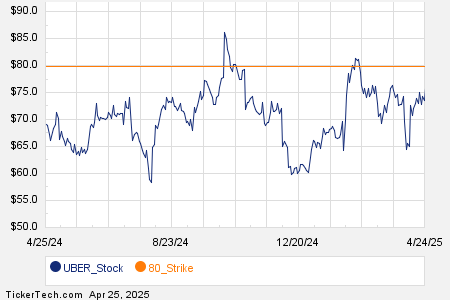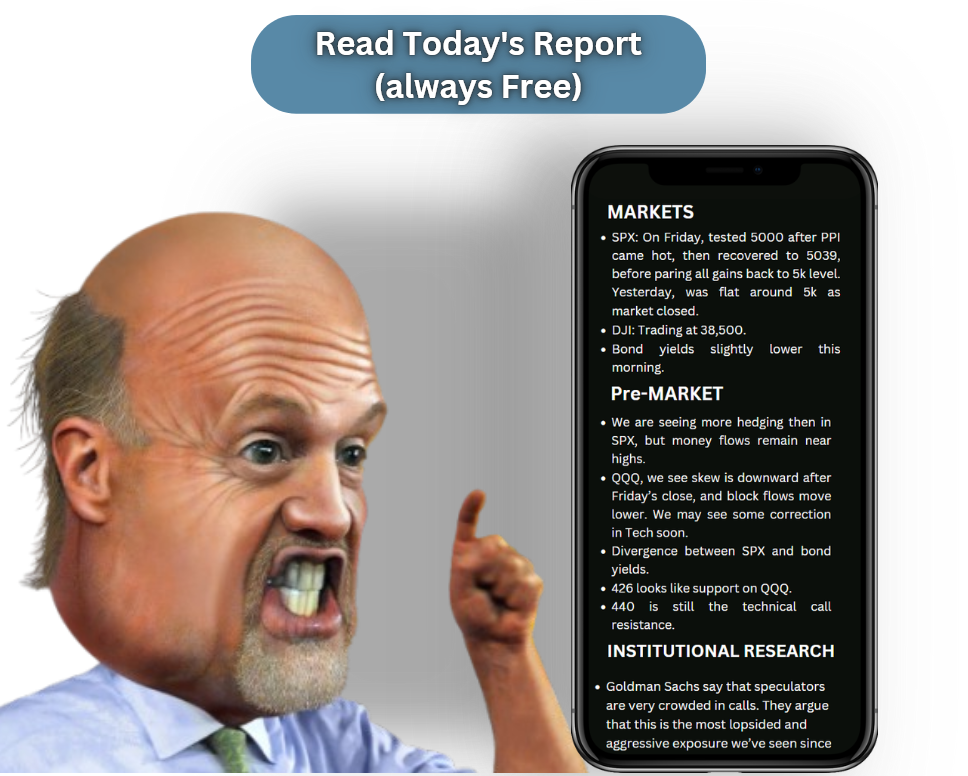Dollar Index Hits 2-Year High Amid Market Shifts
The dollar index (DXY00) saw a rise of +0.29% on Tuesday, reaching its highest level in two years. This increase was driven by a strong demand as the year comes to a close. A decline in the yuan, which fell to a 14-month low against the dollar, also contributed to the dollar’s strength after China’s December manufacturing PMI slipped by -0.2 to 50.1, missing expectations of 50.2. Additionally, today’s reports indicated that US home prices in October rose more than anticipated, further supporting the dollar, as Treasury note yields climbed and reinforced its interest rate differentials.
Home Prices Surge, Impacting Dollar Strength
In October, the US S&P CoreLogic composite-20 home price index increased by +0.3% month-on-month and +4.2% year-on-year, exceeding forecasts of +0.2% month-on-month and +4.1% year-on-year.
Market Expectations for Rate Cuts
Currently, the markets are assigning an 11% chance for a -25 basis point rate cut at the upcoming FOMC meeting on January 28-29.
Euro and Yen React to Dollar Strength
On Tuesday, EUR/USD (^EURUSD) dropped by -0.46%, hitting a 1-week low as the dollar’s strength led to long liquidation in the euro. Trading was notably light due to some European markets being closed for New Year’s celebrations.
In the swap market, there is a 100% expectation for a -25 basis point rate cut by the ECB at their next meeting on January 30, along with an 11% probability for a -50 basis point cut.
Meanwhile, USD/JPY (^USDJPY) gained +0.33%. The yen retreated from a 1-week high as T-note yields reversed earlier losses, prompting liquidation in the yen. Japanese trading volume was also low, owing to a bank holiday in Japan.
Support for the yen is bolstered by potential intervention from the Japanese government in the foreign exchange market. Last Friday, Japanese Finance Minister Kato indicated that the government would take “appropriate” actions to address excessive fluctuations, following the yen’s decline to a 5-1/2 month low against the dollar.
Mixed Results for Precious Metals
February gold (GCG25) closed up +22.90 (+0.87%), while March silver (SIH25) dropped -0.170 (-0.58%). Overall, precious metal prices remained mixed, with silver reaching a 1-week low. Ongoing geopolitical tensions, including the recent developments in Syria and the Ukraine-Russia conflict, continued to provide safe-haven support for precious metals. Additionally, a fall in stock prices turned some investors towards these assets.
However, rising T-note yields and the dollar’s ascent to a 2-year peak put pressure on metal prices. Silver prices were particularly affected by the disappointing performance of China’s December manufacturing PMI, which further diminished demand for industrial metals.
On the date of publication,
Rich Asplund
did not hold (either directly or indirectly) positions in any of the securities mentioned in this article. All information and data in this article are solely for informational purposes. For more details, please refer to the Barchart Disclosure Policy
here.
The views and opinions expressed herein are those of the author and do not necessarily reflect those of Nasdaq, Inc.


